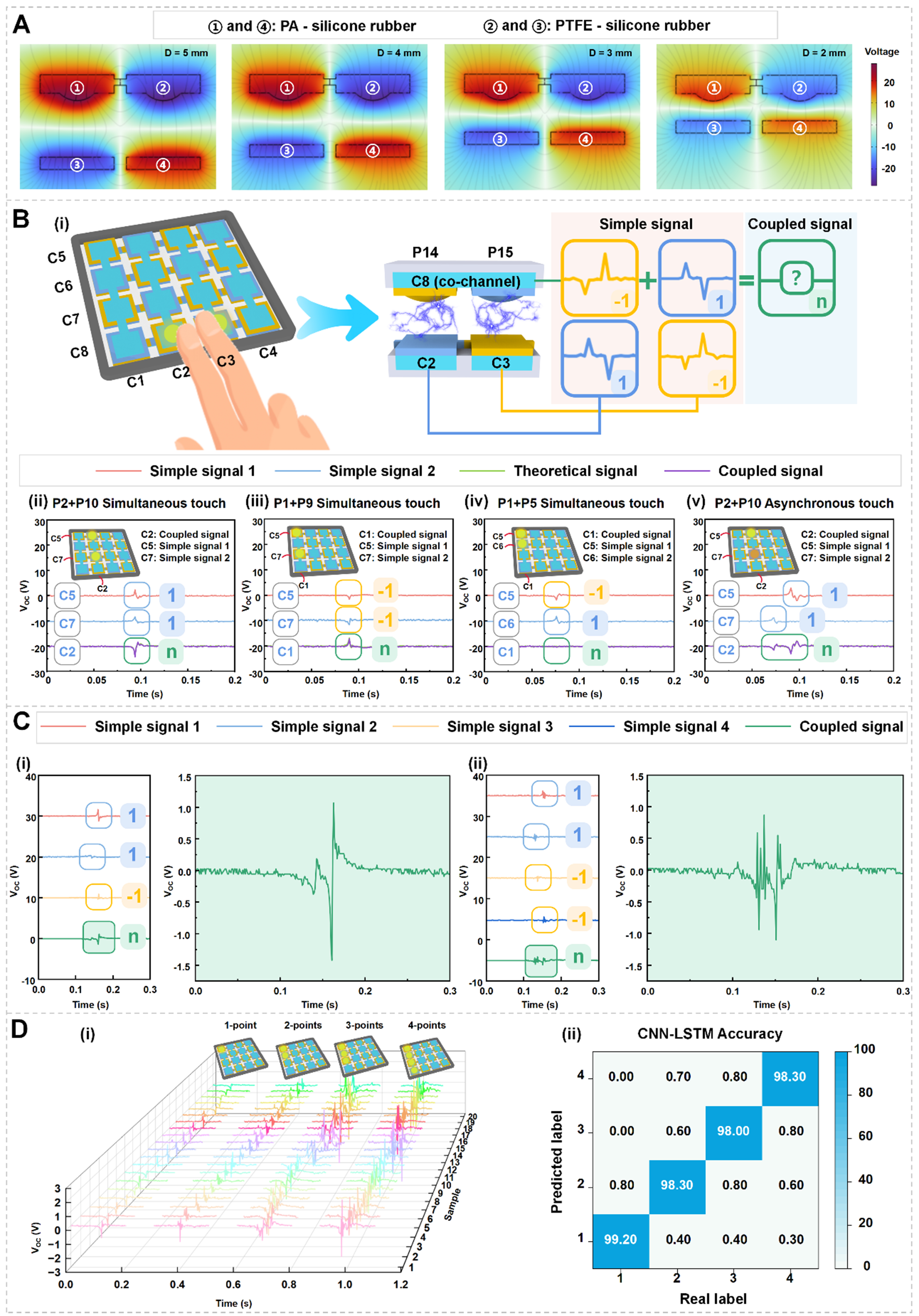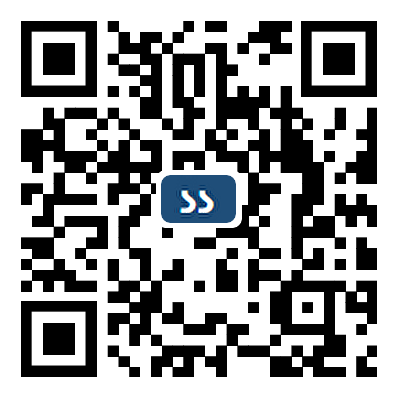fig3
Figure 3. Coupled triboelectric signal encoding and recognition strategy of the Wrist-pad. (A) Simulated potential distribution of two touch points; (B) (i) Schematic illustration of the Wrist-pad signal coupling mechanism; (ii)-(v) Examples of coupled signal generation under different touch conditions; (C) (i) and (ii) Waveform complexity increases as more simple signals are involved in the coupling process, resulting in unpredictable coupled waveforms; (D) (i) Collection of 20 sample signals for each of the four coupling categories (1-point to 4-points); (ii) Confusion matrix of the CNN-LSTM classification model trained to recognize different coupling cases. CNN-LSTM: Convolutional neural network-long short-term memory; PA: polyamide; PTFE: polytetrafluoroethylene.











